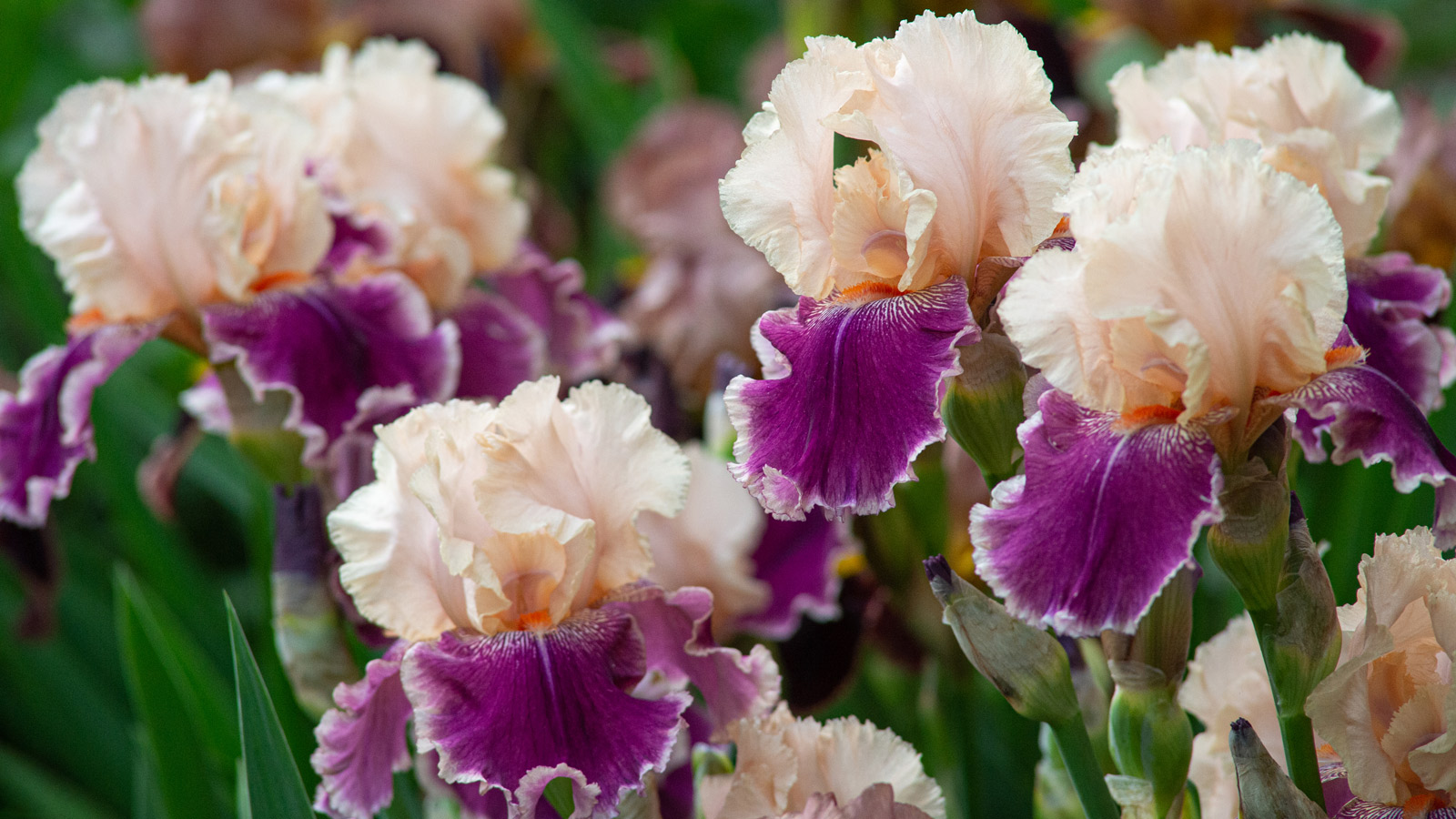
The lowest winter temperatures vary across the country, from Alaska to Florida, and some plants are better adapted to thrive in colder winter temperatures than others. To help make all this easy to understand, the United States Department of Agriculture (USDA) has collated records of the average coldest winter temperatures from all over the country.
This data has been plotted onto a map and the country divided into 13 zones which are displayed on the USDA Hardiness Zone map and numbered zone 1 (the coldest) to zone 13 (the warmest). The map reveals the hardiness zone in which you live.
Also, just about every plant you can grow has been assessed for winter hardiness, and each assigned its own rating. Once you’ve checked on the map to find your zone - you can check the plant’s rating to see if it will take the winter in your zone.
It’s important to remember that this is not a hard-and-fast system, as other factors can influence winter hardiness. These include soil type and whether the soil is well-drained, as well as the local presence of mountains, large bodies of water, and buildings.
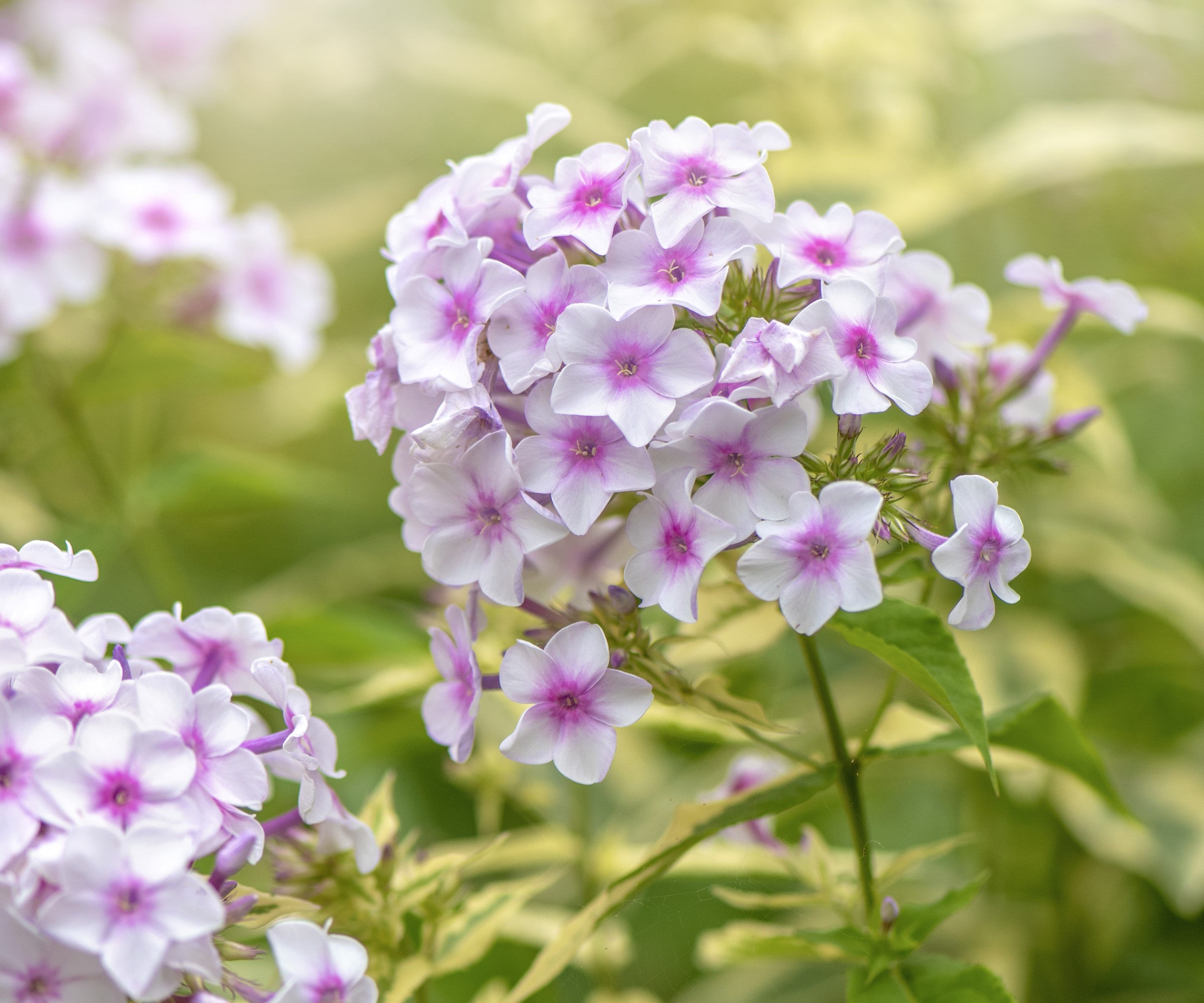
US hardiness zone 6
With each step to a warmer zone, the range of plants that can be grown expands. The last frost date is earlier, the first frost date is later, and this gives a longer growing season so that more varieties of plants have enough growing time in which to mature.
How to garden in zone 6
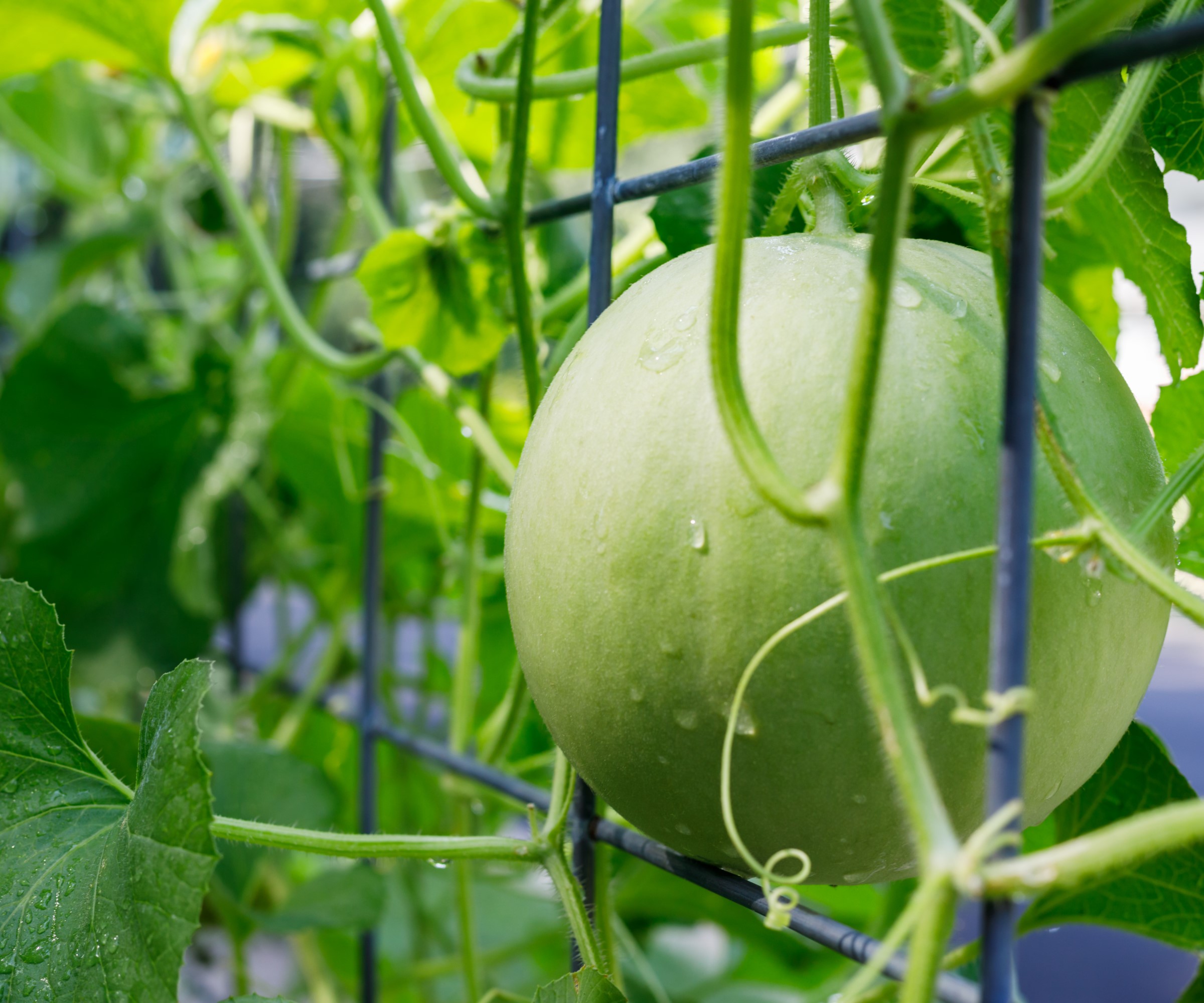
Warm season vegetables including tomatoes, bell peppers, melons and squashes, cucumbers and eggplants will crop well, especially if seeds are started early in a protected space such as a sunroom.
Early perennials have more time in which to bloom before the summer heats up and succulents such as prickly pears (Opuntia) and ice plant (Delosperma) should grow well
In zone 6, average lowest winter temperatures fall in the range of -10F and 0F.
Zone 6 main features
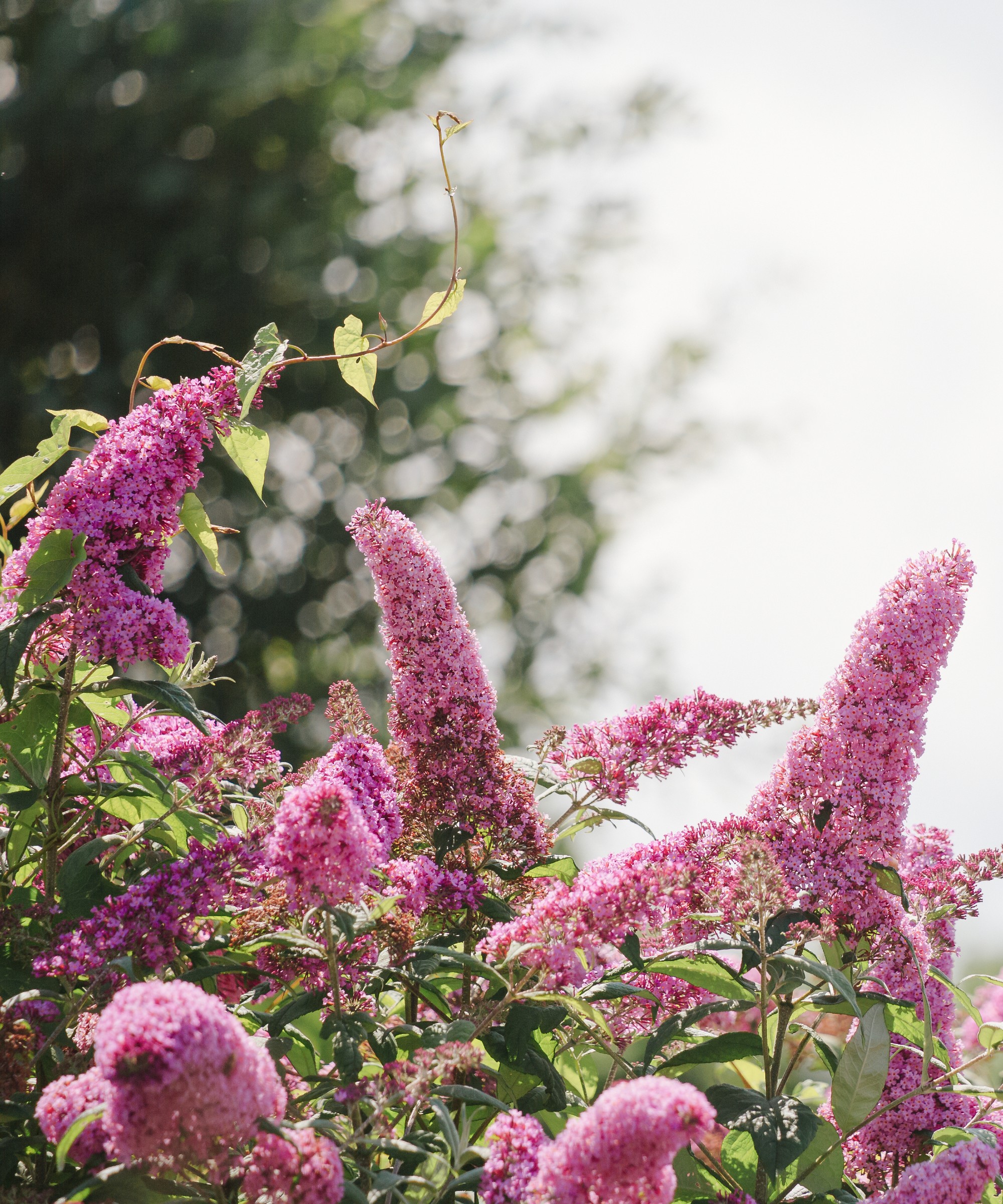
The average coldest winter temperatures in zone 6 fall to between -10F and 0F.
Zone 6a has a minimum average temperature of -10F to -5F. Zone 6b has a minimum average temperature of -5F to -0F.
Zone 6 stretches in a long arc from Long Island and New Jersey, through Pennsylvania, Ohio, Indiana, Illinois, Missouri and Kansas, and then right up through The Rockies into Washington State – with colder zones at higher altitudes and warmer zones at lower.
The first frost date of the fall is usually between 17 - 31 October, while the last frost date of the spring is usually about 1 -21 April.
Plants for zone 6
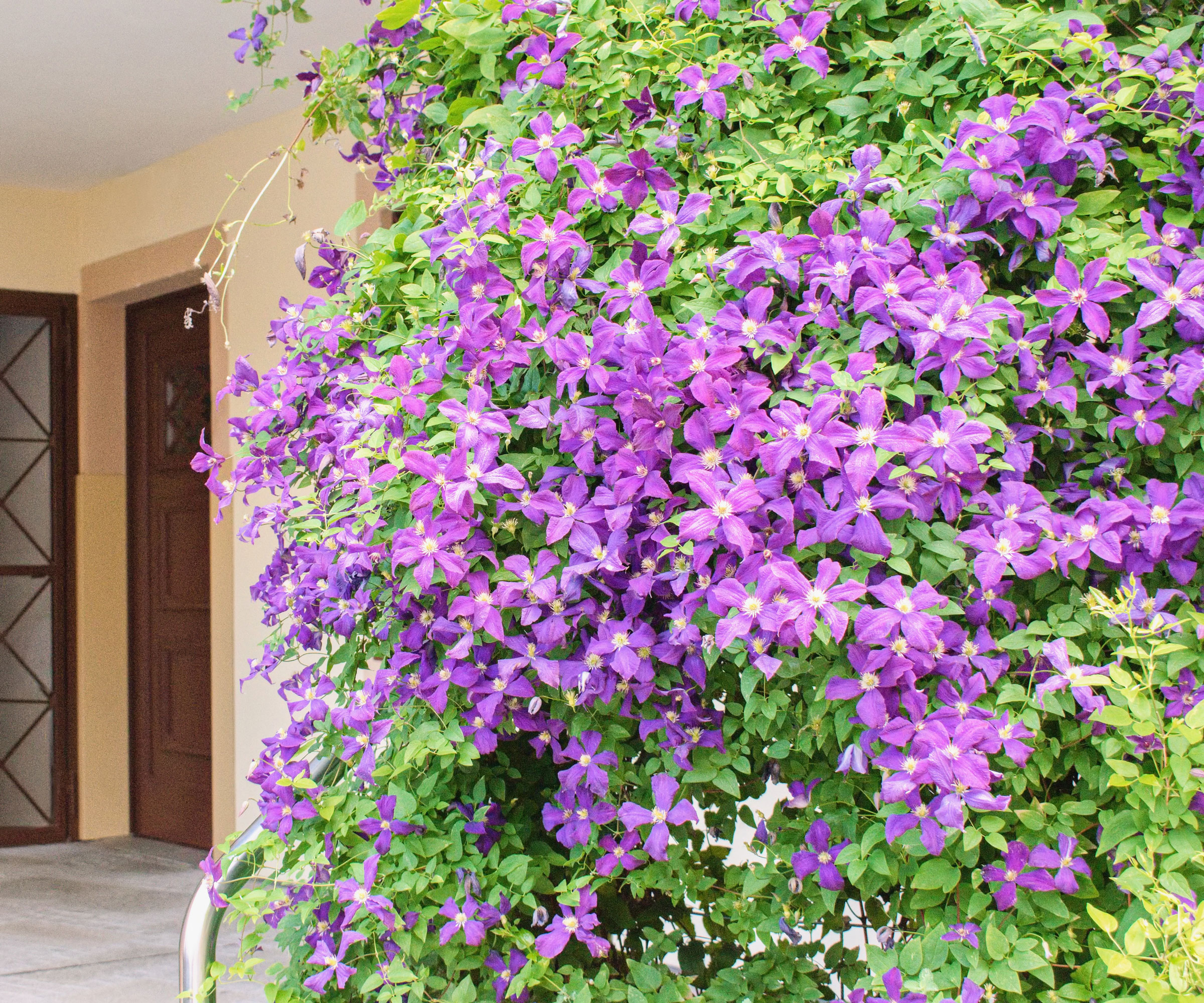
In zone 6, there are so many plants from which to select that most gardeners should not feel limited by the available choices. Dependence on needled evergreens is lessened by the tolerance of more broad-leaved evergreens, rhododendrons in particular.
All plants noted for zones 1 to zone 5 are also suitable for zone 6.
Deciduous trees
Eastern redbud (Cercis canadensis) Creates an invaluable spring display of purple-red, pink or white flowers on an elegant, small and spreading tree. Some feature purplish spring foliage.
Flowering dogwood (Cornus florida) An essential flowering tree, opening its large four-petalled red, pink or white flowers in spring.
Kilmarnock willow (Salix caprea 'Kilmarnock') Small, dramatically weeping tree with early catkins on bare branches. Thrives in a large container.
Also try: Japanese maple (Acer japonicum), Smoketree (Cotinus coggygria), Silk tree (Albizia julibrissin).
Evergreen trees
Blue Atlas Cedar (Cedrus atlantica ‘Glauca’) An impressive stately tree maturing into a dramatic specimen with silvery blue needles.
Nellie Stevens Holly (Ilex 'Nellie R. Stevens') Makes an elegant red-berried pyramid of dark glossy evergreen leaves with few spines.
Japanese yew (Taxus cuspidata) Hardier than other yew varieties, makes a dense hedge and is adaptable and tolerant.
Also try: Japanese holly (Ilex crenata), Dawn redwood (Metasequoia glyptostroboides), Arborvitae (Thuja ‘Green Giant’).
Deciduous shrubs
Butterfly bush (Buddleja) Colorful, summer flowering, butterfly favorites with spikes in purples, lilacs, pinks and white. Invasive in warmer zones.
Witch hazel (Hamamelis) Fragrant winter flowers in red, orange and yellow tones, the best are super-scented and with yellow fall color.
Annabelle hydrangea (Hydrangea arborescens) Very large, rounded heads of white, pink or red summer flowers. Prune hard for the most dramatic display.
Also try: Saucer magnolia (Magnolia x soulangeana), Mock orange (Philadelphus), Weigela (Weigela).
Evergreen shrubs
Plum yew (Cephalotaxus harringtonia) Easy look-after-itself needled evergreen in many shapes and sizes.
Japanese euonymus (Euonymus japonicus) Invaluable for its many forms with attractive gold- or white- variegated foliage.
Rhododendron (Rhododendron) A vast variety of attractive, dependable but lime-hating plants with dramatic spring flowers.
Also try: Golden anise tree (Illicium parviflorum 'Florida Sunshine'), Daphne (Daphne ‘Eternal Fragrance’), Lavender (Lavandula angustifolia).
Vines
Clematis (Clematis) Many self-clinging, spring or summer flowering deciduous varieties with large or small flowers, single or double, in many colors. Indispensable.
Yellow jessamine (Gelsemium sempervirens) Dependable, twining, evergreen vine with dazzling yellow spring flowers.
Climbing hydrangea (Hydrangea petiolaris) Clings effectively to walls and fences, very pretty early summer flowers like white lacecaps.
Also try: Purple Wintercreeper (Euonymus fortunei ‘Coloratus’), Winter Jasmine (Jasminum nudiflorum),Virginia creeper (Parthenocissus quinquefolia)
Sun perennials
Catmint (Nepeta) Aromatic, gray-leaved, usually rather twiggy plant with spikes of two-lipped flowers in many blue shades, pinks and white.
Hyssop (Agastache Kudos Series) A range of aromatic, often gray-leaved plants with spikes of flowers in fiery and peachy shades.
Japanese anemone (Anemone x hybrida) Large white or pink, single or double flowers in late summer and fall.
Also try: Astilbe (Astilbe), Avens (Geum), Siberian iris (Iris sibirica).
Shade perennials
Lady fern (Athyrium) Elegant ferns with prettily divided leaves in soft greens as well as silver and burgundy. Spreads steadily.
Cranesbill (Geranium) Vital, often ground-covering plants with bowl-shaped flowers in a wide variety of purple, blue, pink and white shades.
Hellebore (Helleborus) Dependably early, sometimes flowering through melting snow, with large nodding saucer-like flowers.
Also try: Elephant’s ears (Bergenia), Sedges (Carex), Male fern (Dryopteris).
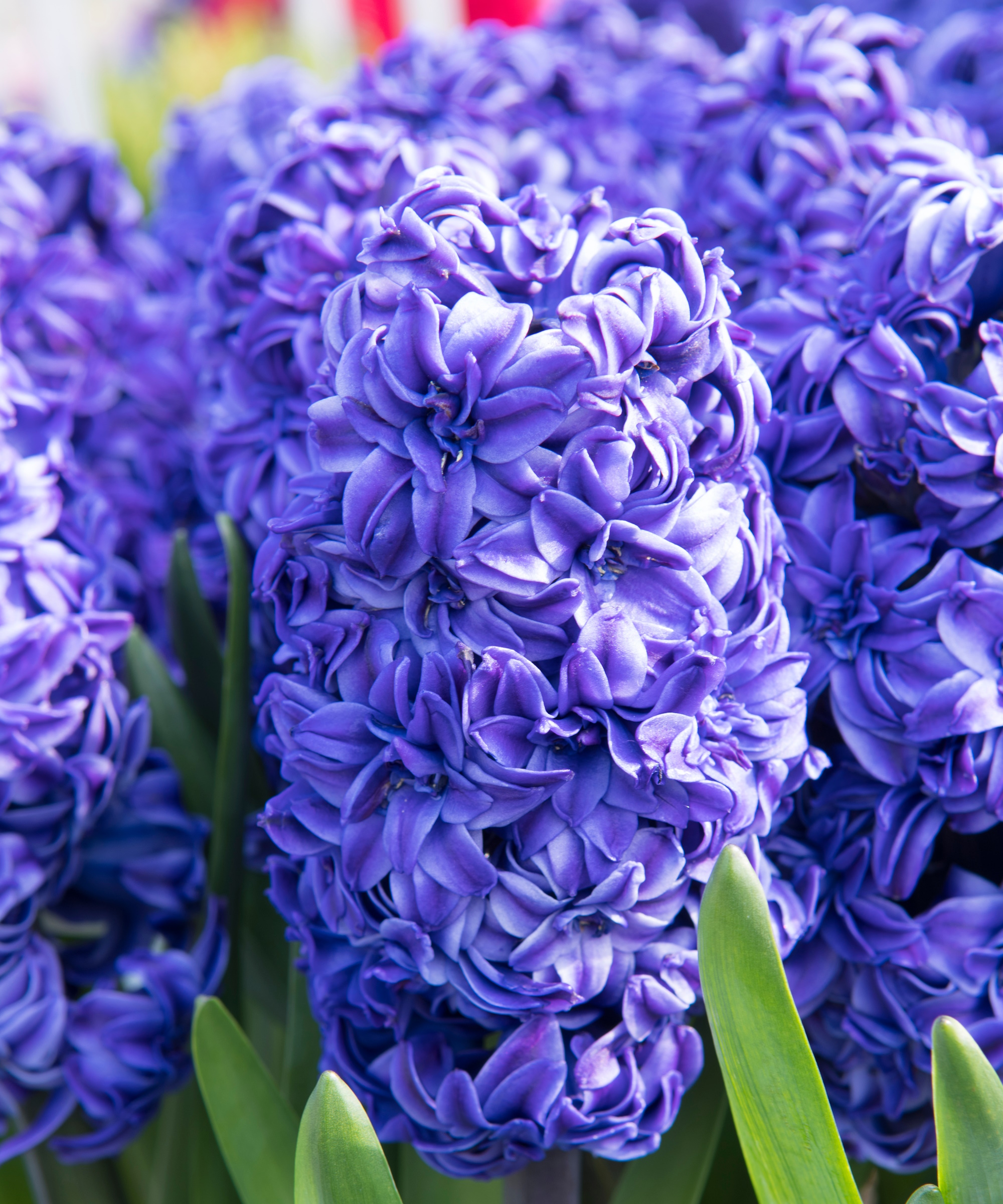
Spring flowering bulbs
Hyacinth (Hyacinthus) Fat spikes are packed with fragrant flowers in purples, blues, pinks and white. Ideal in containers.
Daffodil (Narcissus) Choose from an extraordinary variety of flower forms, flower colors and bicolors. Very dependable, increasing well.
Tulip (Tulipa) Goblets in more colors and color combinations than you thought possible. Fine plants for containers.
Also try: Quamash (Camassia), Hardy cyclamen (Cyclamen coum), Spring squill (Scilla).
Summer flowering bulbs
Foxtail lily (Eremurus) Very tall and elegant spiers packed with starry flowers in yellow, amber, pink or white. Ideal at the back of a sunny border.
Bearded iris (Iris) Truly, a rainbow of colors in these dazzling sun-lovers, flowering at 12in-3ft, shortest flowering first.
Lily (Lilium) Large, exotic looking, sometimes super-scented flowers in a wide choice of colors, from short varieties for containers to taller varieties for borders.
Also try: Summer hyacinth (Galtonia), Gladiolus (Gladiolus byzantinus), Louisiana Iris (Iris).
Native trees and shrubs
Buttonbush (Cephalanthus occidentalis) Moisture loving deciduous shrub with white, spherical flower heads popular with butterflies.
Strawberry bush (Euonymus americanus) Tiny greenish flowers on this deciduous shrub are followed by bright red berries opening from vivid pink buds.
American holly (Ilex opaca) Lustrous, slightly prickly evergreen with persistent red winter berries but slow growing.
Also try Red buckeye (Aesculus pavia), Sweetspire (Itea virginica), Snowbell (Styrax americanus).
Native perennials
New England Aster (Aster novae-angliae) Dependable fall flowering daisy with single or double flowers in a wide range of colors. Sometimes listed as Symphiotrichum.
Joe pye weed (Eutrochium maculatum) Classic native perennial, with pale purplish flowers, popular with moths, butterflies and other insects. Better known as Eupatorium maculatum.
Gayfeather (Liatris) Upright spikes of feathery flowers in pinkish purple or white. Unusual in the flowers opening from the top of the spike downwards.
Also try: Blue star (Amsonia), Milkweed (Asclepias tuberosa), Tickseed (Coreopsis).
Annuals
Larkspur (Consolida) Mainly tall, upright spikes of flowers in blues, pink shades, white and bicolored tones. Very good for cutting. Rather like an annual delphinium.
Sunflower (Helianthus) Large, usually dark-eyed daisies in orange and golden and yellow shades on plants 18in-6ft+ in height.
Annual phlox (Phlox drummondii) An annual version of the native perennial phlox in a wider range of colors and bicolors.
Also try: Floss flower (Ageratum), English marigold (Calendula), Poppies (Papaver).
Vegetables
Beets: Easy and adaptable, thin out carefully and harvest at about tennis-ball size.
Broccoli: Modern varieties are best for summer and fall cropping, be sure to protect the plants from birds.
Melons: Start seeds in a warm place indoors and then acclimatize them to growing outside before planting.
Also try: Cabbages, beans, tomatoes.
Fruits
Strawberries: For consistently good crops, replace plants every few years as disease tends to build up.
Cherry trees: Get local advice from nurseries or your extension service on which are the best varieties to avoid the spring frost in your area and which will crop well without other varieties nearby.
Pear trees: Most varieties of both European pears and Asian pears will crop well in zone 6 but, again, get advice on the best local varieties.
Also try: Peaches, plums, highbush blueberries.
The choice of plants you can grow within zone 6 is wide-reaching, with a longer growing season and warmer temperatures giving many more options for your backyard ideas.







